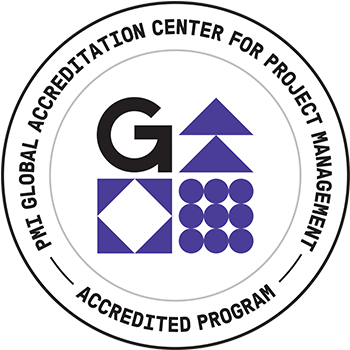Not just another spacecraft atop yet another rocket.
Not just another billionaire demonstrating wealth and ambition.
This was the JAMES WEBB SPACE TELESCOPE (JWST) – much delayed, over-budget flagship space observatory, 30 years in the making.
This is NOT that story.
This is the story of the day-to-day project management activities that helped SPACE TELESCOPE SCIENCE INSTITUTE (STScI) prepare for, support, enact readiness to operate and conduct outstanding science missions on JWST…..…and other observatories……and ALL the other ancillary systems that enable the missions of STScI. In particular I shall concentrate on the activities in the IT Services Division of STScI.
Everyone knows that JWST was launched in December 2021 and delivered the first images in July 2022. That didn’t happen by chance, it was by design. And as with many organizations, the demands on STScI’s IT Services Division are far greater than the capacity to deliver. In that context I will look at PRIORITISATION, PREPARATION & PERSEVERENCE and explore what it means to understand and respond to customer’s demands and how the spirit of everyone involved can enable success.
Anyone familiar with space exploration of any kind will tell you that timescales are crucial and the spectrum is wide. At one end there are launch deadlines – at the other, the capability is expected to be in service for many years – Hubble is 30+ years old already and still going strong! And IT service provision has to be able to meet those demands – now and in the future so I shall touch on how we are ‘baking-in’ sustainability as a broader topic.
PMI Talent Triangle: Leadership (Power Skills)
In 2019, Intel’s Supply Chain IT organization started our Scaled Agile journey amidst a broader Digital Transformation initiative.
As we identified our development value streams and launched our 8 Agile Release trains, we saw steady, continual improvement in:
- Our operational and support metrics
- Our ability to turn the tide and keep ahead of technical obsolescence
- Improved stakeholder alignment and transparency on team execution
- Improved execution discipline as teams more consistently met their commitments
However, in the scaled agile framework stand up, we observed that large digital transformation initiatives that either included significant business process re-engineering or technically complex platform implementations that struggled to make traction. We had 3 initiatives which struggled, and each required to be reassessed, rechartered and relaunched after a string of visible challenges and painful resets.
Two of these initiatives ultimately found success and delivered planned business value primarily by adopting a Hybrid Project management approach. The final initiative wavered on program structure, methodology and struggled to overcome the significant business and technical complexities in their scope.
We will share our observations and attendees should take away insights in 2 main areas:
- What were the environmental risk characteristics and program-specific risks that contributed to these challenges:
- Corporate Strategy
- Business Unit (Global Supply Chain) challenges and business strategy
- Level of Business and Digital Transformation
- New Platform landings: On-Premises or Cloud
- Scaled agile implementation
- Strategies that proved successful and unsuccessful in response to environment challenges and risks
- Success factors in a Hybrid Program Management implementation
- Success factors in delivering a large digital transformation within the scaled agile framework
- Factors that contributed to continued challenges in our third initiative – implications and suggestions.
PMI Talent Triangle: Technical Project Management (Ways of Working)

